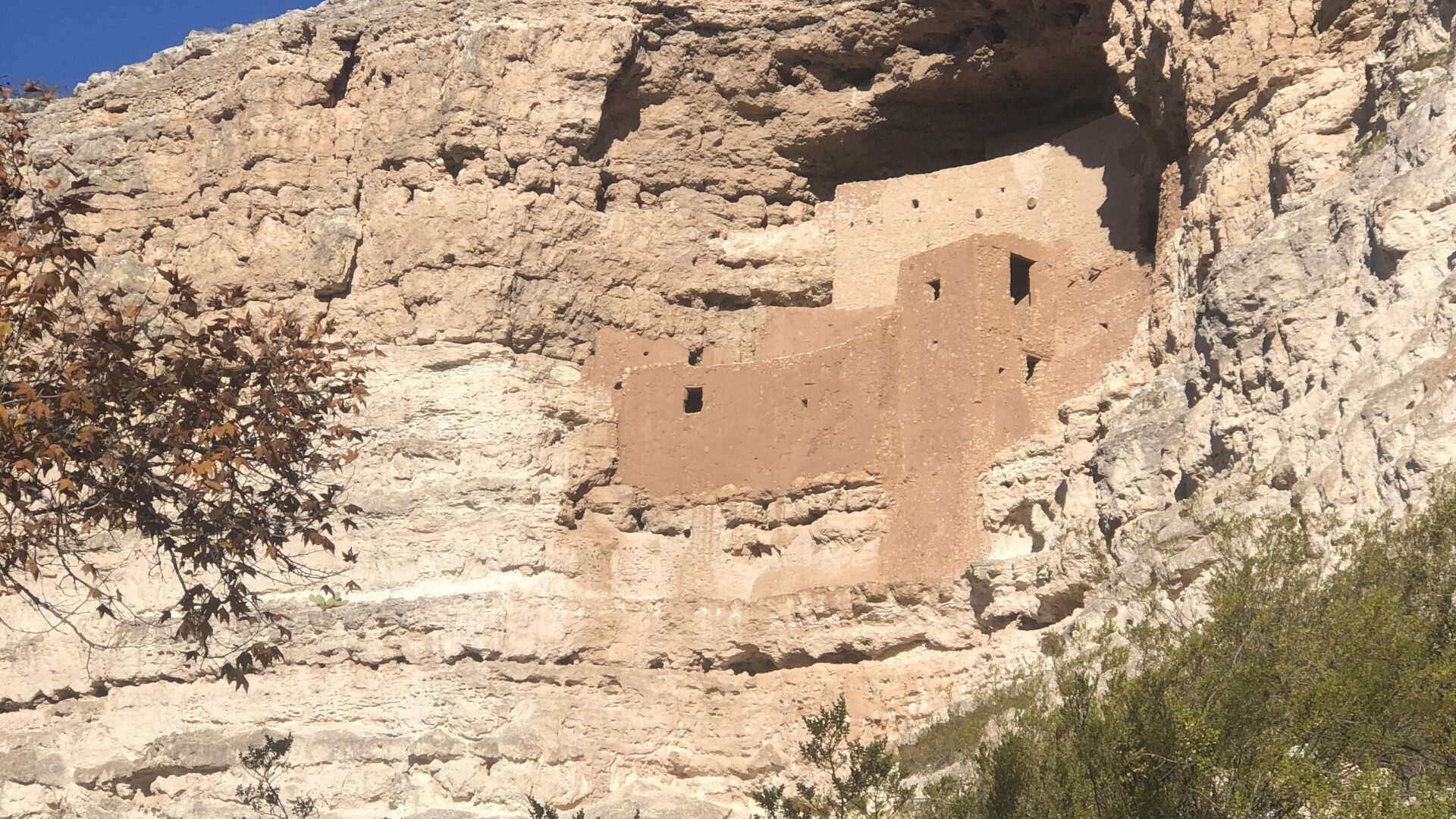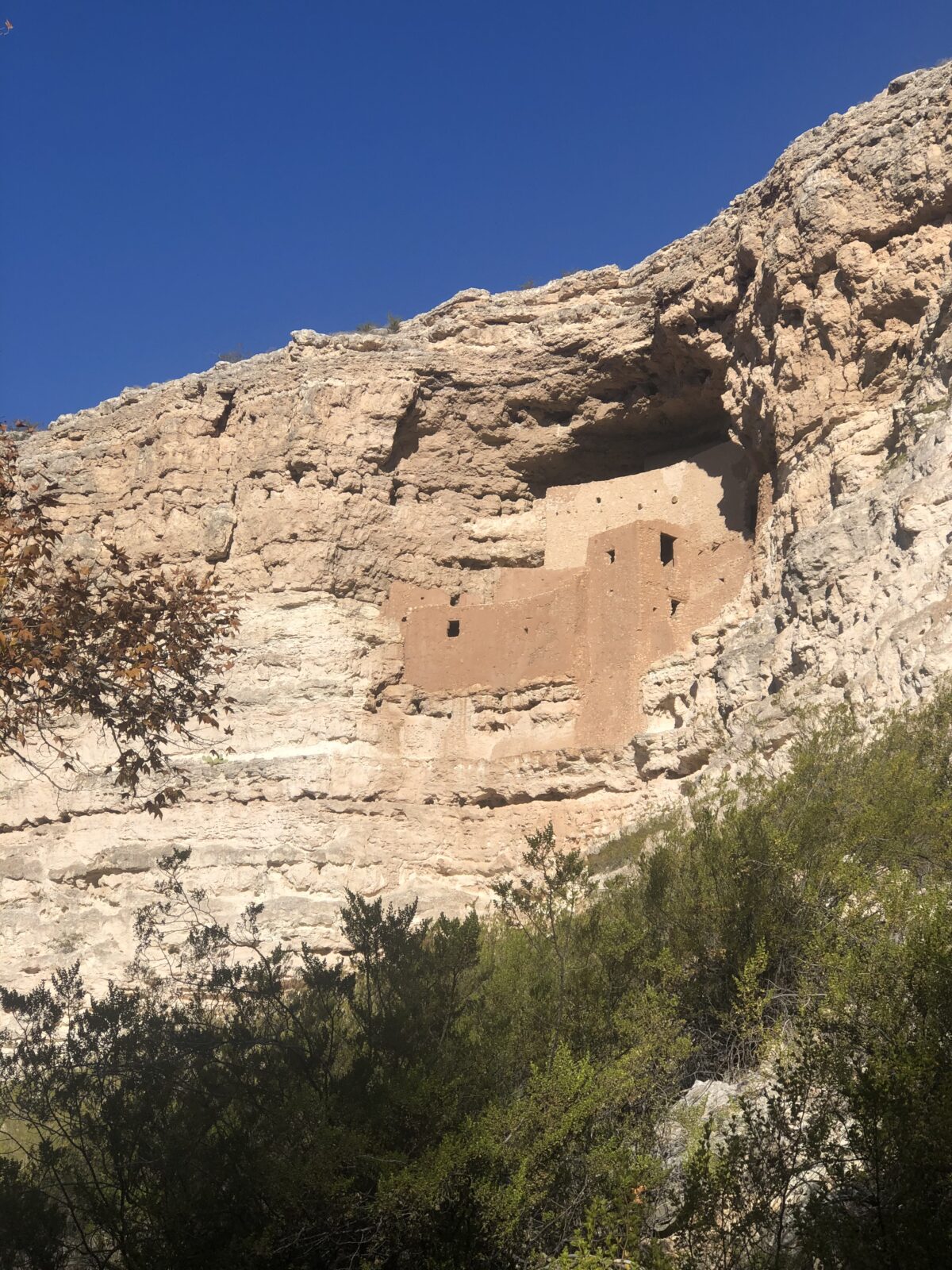Montezuma Castle and Tuzigoot National Monuments
After spending so much time this year in Alaska, we thought we would turn our attention to our home state of Arizona and revisit a few of the National Monuments here. What a better place to visit this time of year than central Arizona and the Verde Valley with all of the gorgeous cottonwood and Arizona sycamore trees turning color.
We spent some time at two national monuments: Montezuma Castle (and Well) and Tuzigoot. Built in the 1100’s, both of these housed thriving communities until the 1400’s. It is hard to imagine that these places flourished at the same time as the Notre Dame Cathedral in Paris, France was built, and are still standing.
Tuzigoot National Monument
We started our visit at Tuzigoot National Monument. It is located between Cottonwood and Clarkdale, Arizona. Both of these are cute communities. We especially enjoyed walking around old town Cottonwood with it’s cute restaurants, boutique hotels and growing winery trade.
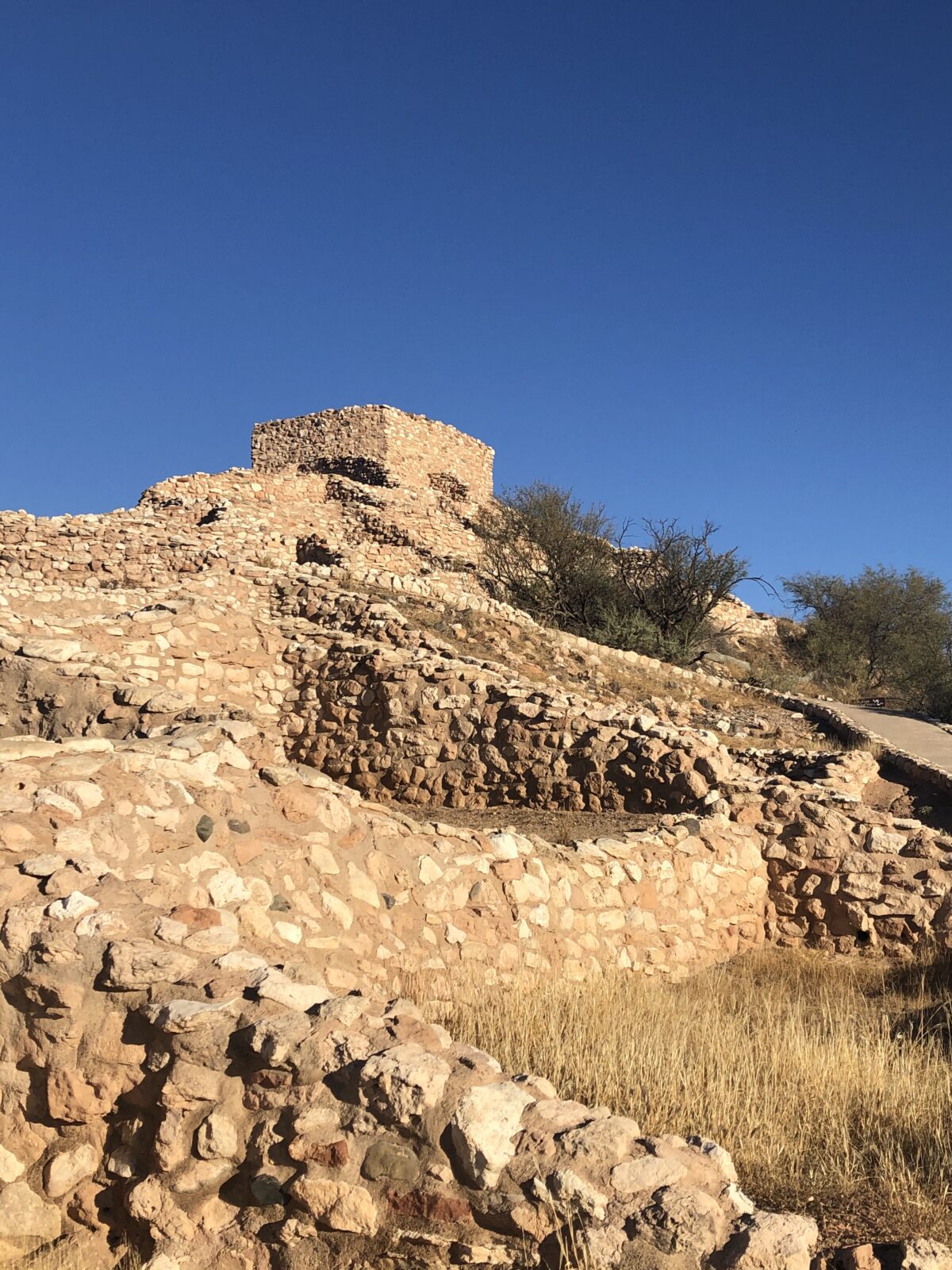
Tuzigoot is built on the top of hill, overlooking the lush valley. It reminded us that it isn’t only now that people want to build their houses on hill tops. That’s been done for centuries, with the more important people living at the highest points. This building is a pretty major structure… two stories high in places, with 87 rooms that at one time housed 200+ people.
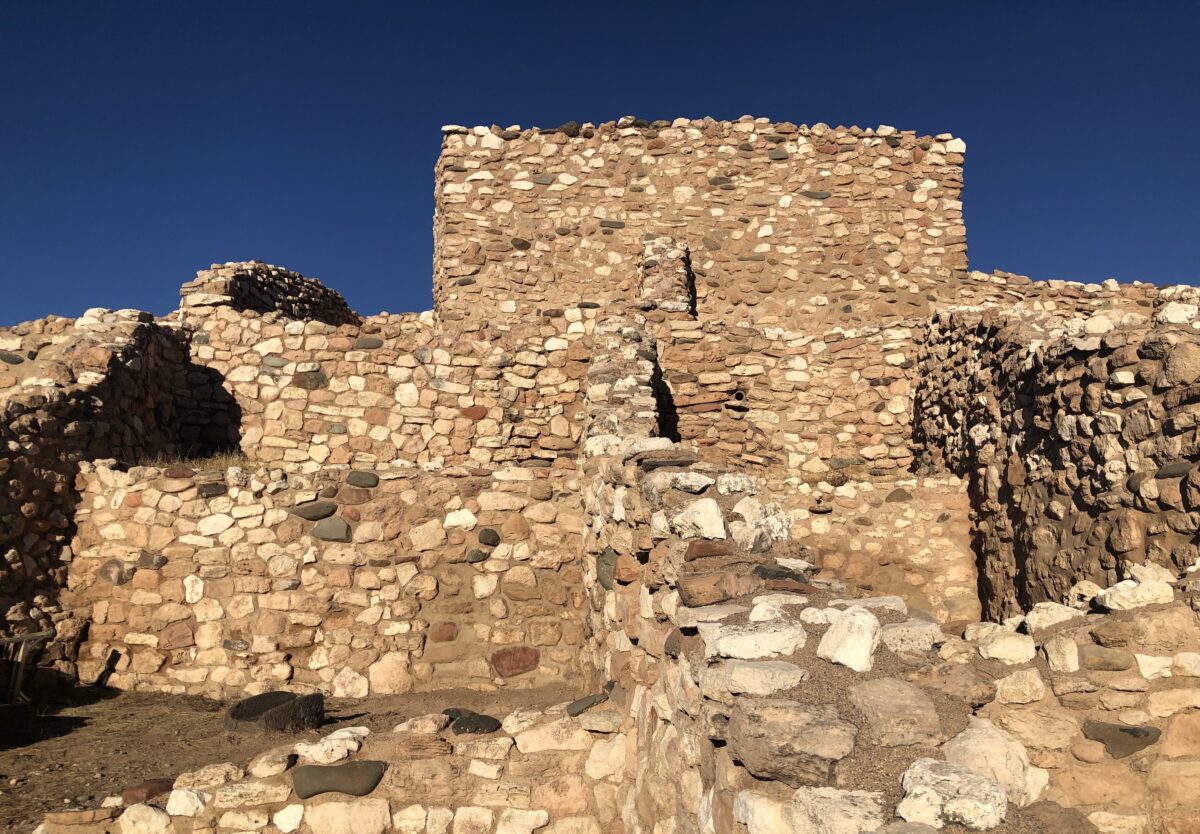
Once again the National Park Service has done a great job of restoring the ruins without changing things. The museum showed how in the 30’s, original preservation sought to rebuild the structures. The park service has reversed this; putting things back as they were. They have protected the ruins, but have not rebuilt. There is only one part of the ruin where there are complete walls and roof. You can go inside this and see how the original rooms were constructed.
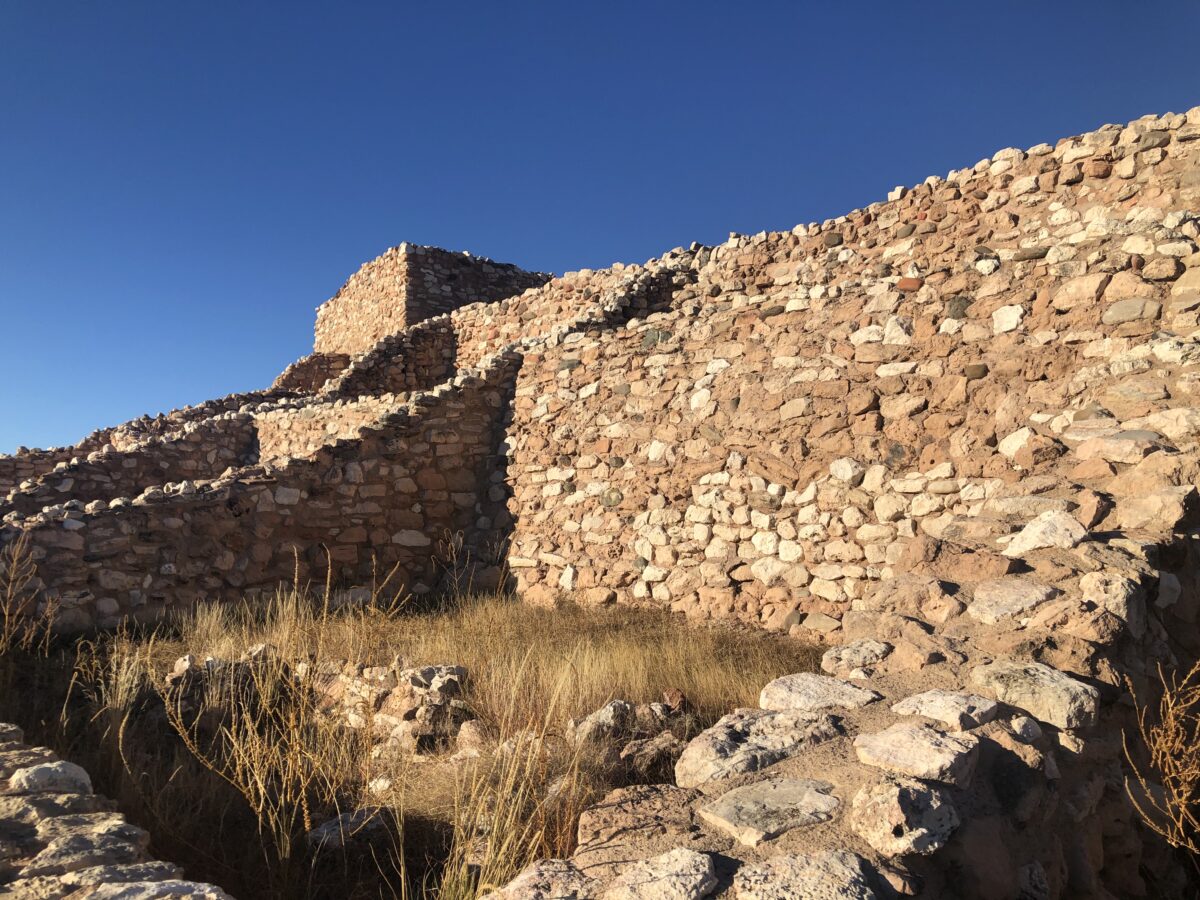
Your visit won’t take long; plan about an hour. There is a paved loop trail that goes up and around the ruins, about a quarter of a mile, with great views into each of the rooms and benches that let you sit and look out over the valley.
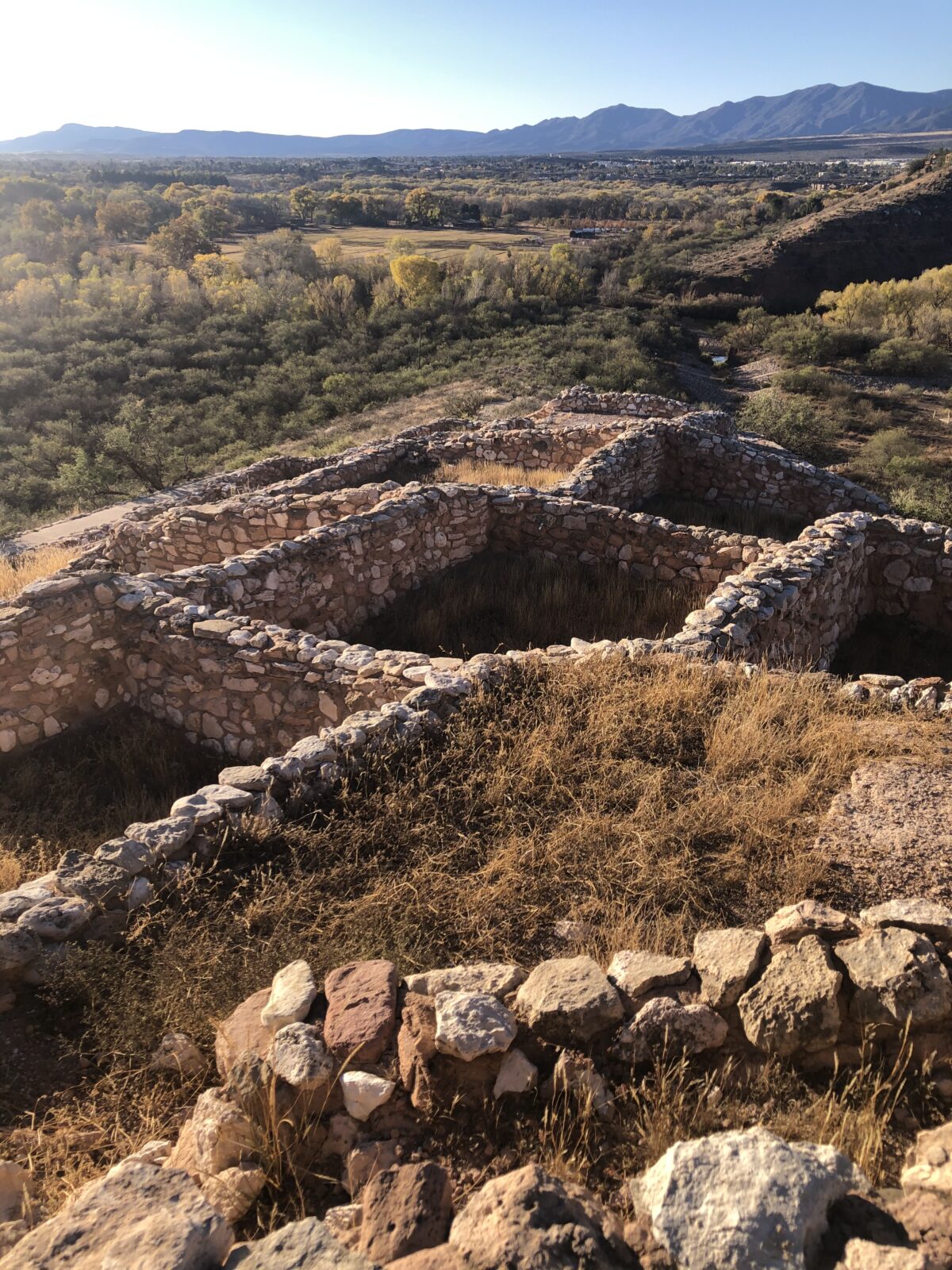
Another paved path goes down to a marsh overlook. This is one of the largest wetlands in the state. It is funny to think that at one point, there were parrots there. Certainly you can picture why this was a pretty nice place to live.
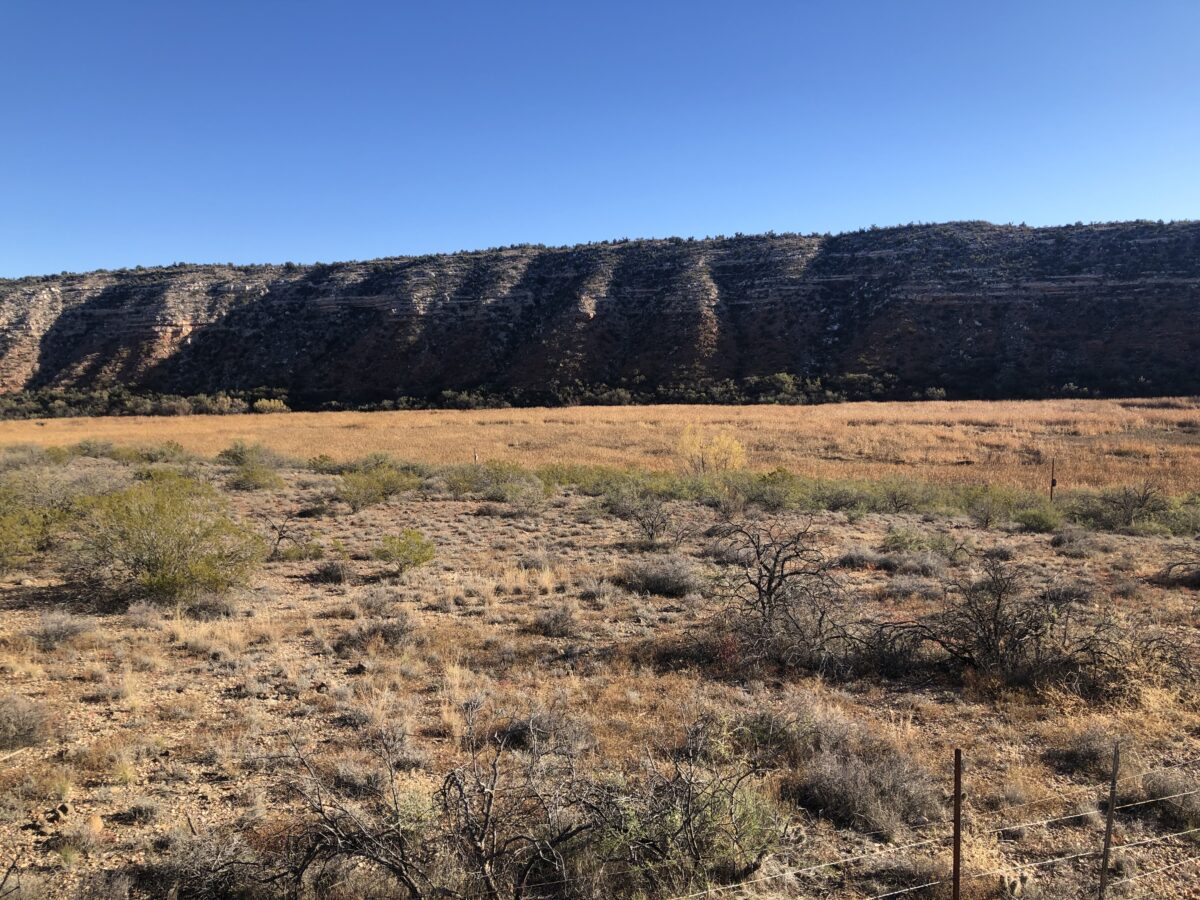
The visitor center is small, but the museum is really interesting. It was built in 1936 by the local community to promote tourism. They have a great display of the original pottery (not replicas), painstakingly put piece by piece back together. Here at Tuzigoot they made fairly simple, plain pottery, but at the site they found decorated pots that indicated the extent of trade with other cultures far and wide.
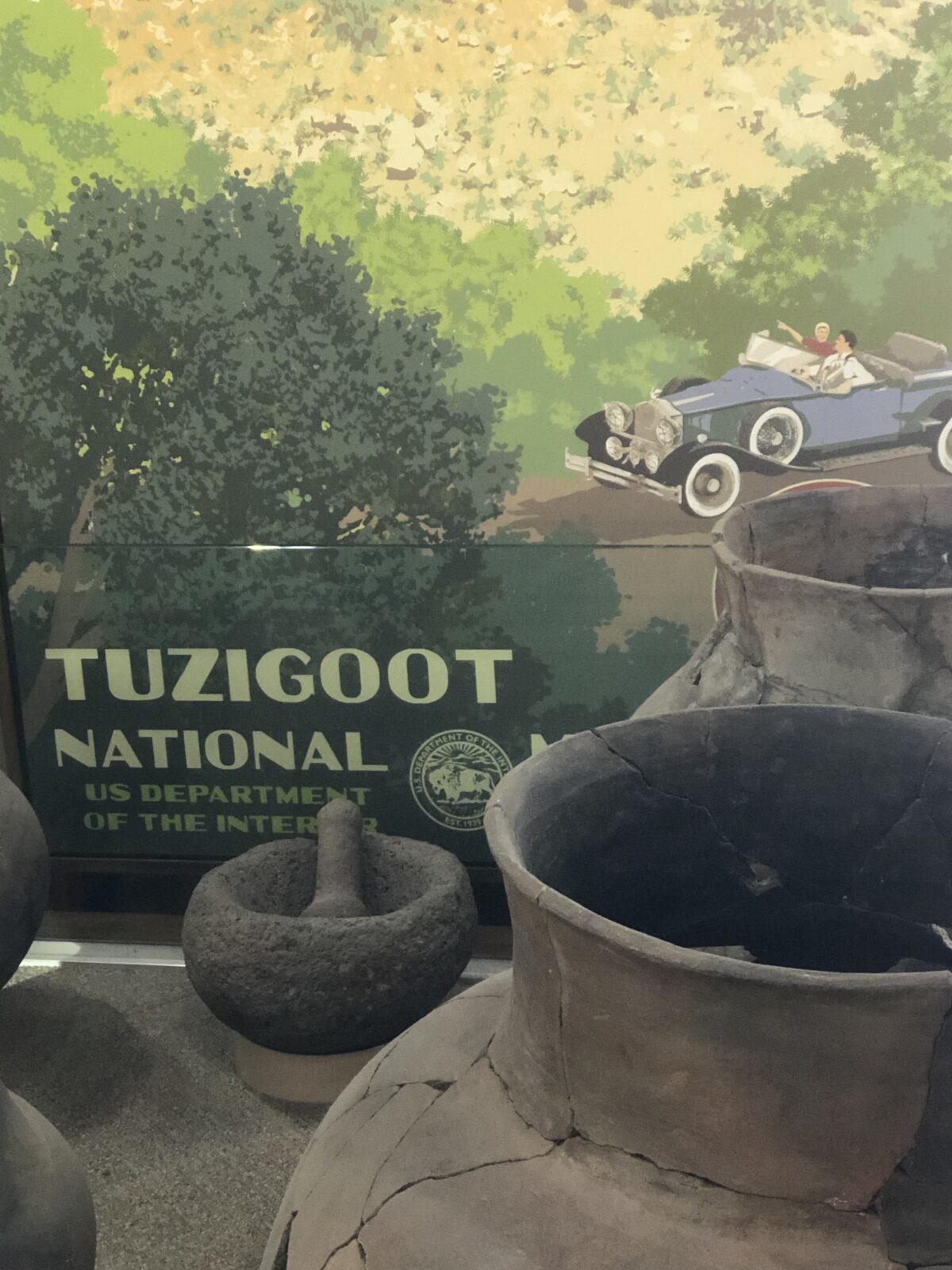
Montezuma Castle
Unlike Tuzigoot, which featured free standing rooms built atop a hill, Montezuma Castle is a cliff dwelling with rooms built into rocky overhangs. This is just one of the many cliff dwellings you can visit in the southwest, but what makes this one interesting is how high up it is. They constructed a 5 story building with 20 rooms, 100 feet above the valley floor. Think of hauling rocks and building materials up that high!!!
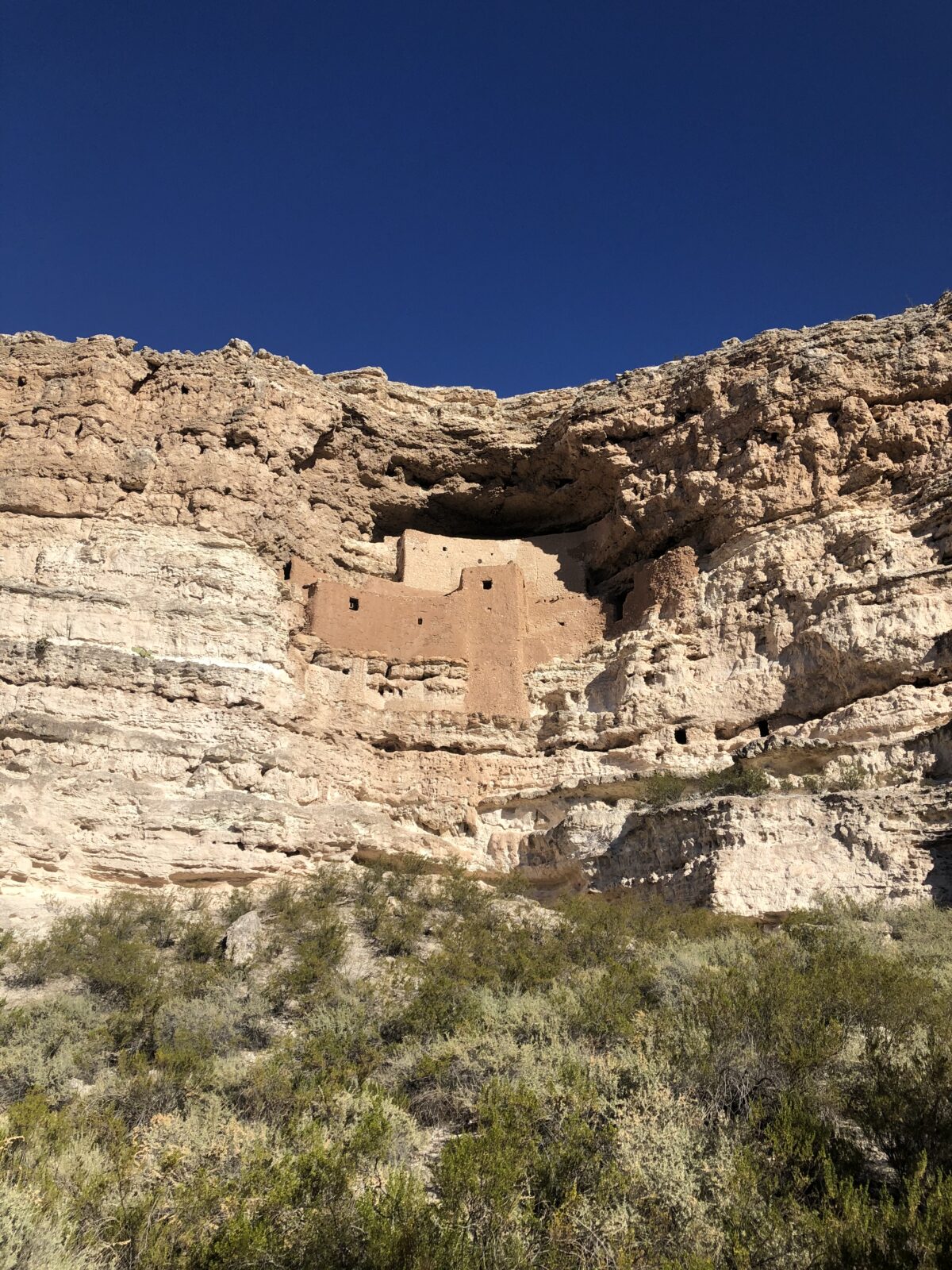
Access to the structure was only via a series of ladders. Even today that’s how scientists and rangers get up into the castle. You might think they lived up there for protection from their enemies, but the volunteer docent made a good point. There was no water or food up there, so all an enemy would have to do is sit and wait. Eventually they would have to come down.
They believe that the castle was constructed that high in the cliffs to protect them from floods that would wash everything out of the valley floor. They farmed the fertile valley and had structures there, but could escape to the heights.
Montezuma Castle is almost all original. You can look at photos of how it looked in 1906 when Theodore Roosevelt first protected it as a national monument. Montezuma is a misnomer. The folks who first discovered the site thought it looked Aztec, even though that society was years later and hundreds of miles away.
Today you can walk a paved path from the visitor center to see the castle and other ruins. There are also interpretive signs that talk about the farming culture that focused on the “three sisters” – beans, corn and squash. It is a really pretty valley and a nice, easy walk. There is also a nice picnic area down by the river.
Montezuma Well
A short drive away is Montezuma Well; “well” worth the detour. This is a natural well; an oasis in the desert. Walk up a short path from the parking area and all of a sudden you come to the edge of a limestone sink that contains 15 million gallons of water. This, in an arid desert that gets less than 13 inches of rain a year!
Signs say that the water is over 10,000 years old, seeping slowly from the Mogollon Rim to here, where it meets a wall of volcanic rock that stops the water and forces it up, into Montezuma well. 1.5 million gallons of water flow into the well from below, each day, with about 10% flowing out and into Wet Beaver Creek.
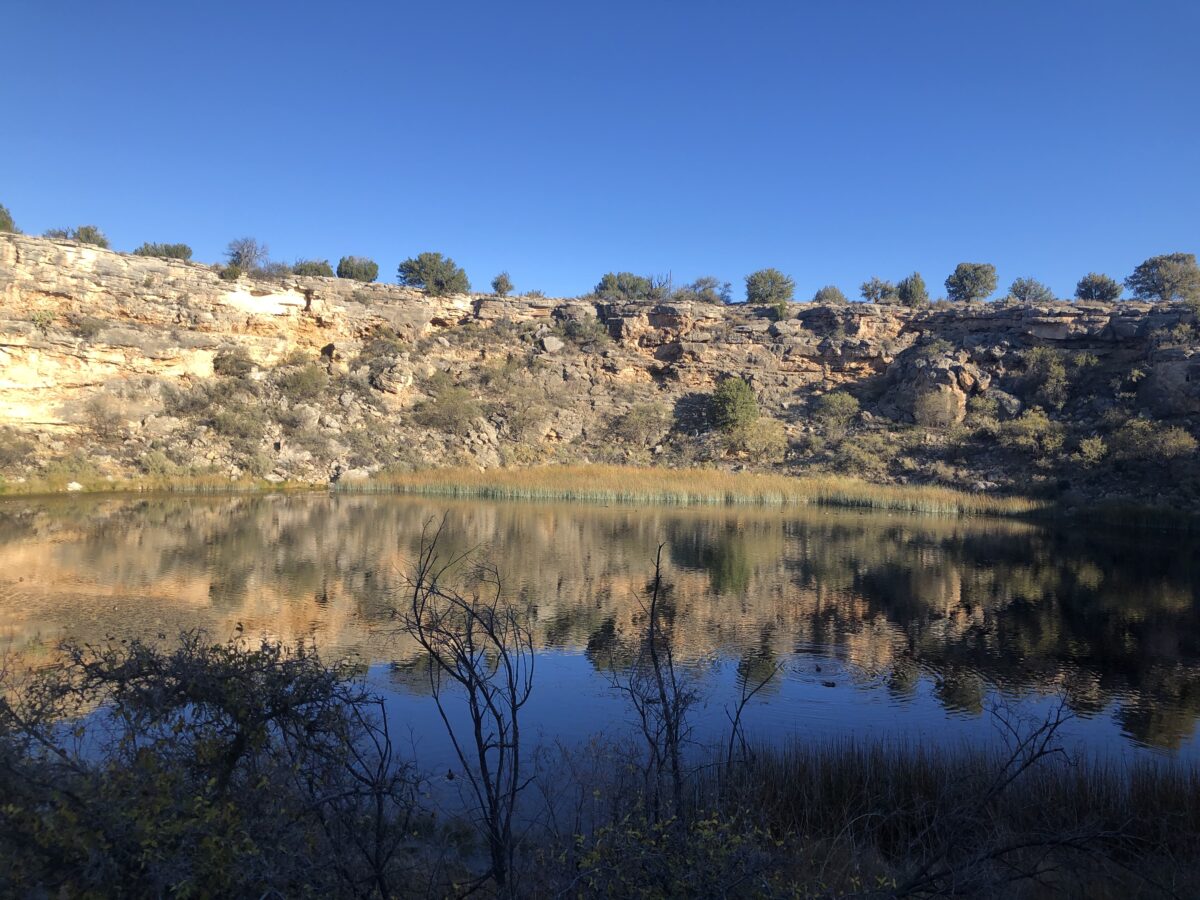
We found it interesting that with all that water in the well, it was not used for drinking. Too much arsenic. In fact, not much lives in this water. There are no fish – too much carbon dioxide in the water. But there are five species that exist nowhere else on the planet – amphipods, leeches (not the blood sucking kind; these ones eat amphipods), water scorpions, spring snails and a single-celled diatom. The other thing that grows in the well is pondweed, one of the tallest living aquatic plants in the world, with stems up to 25 feet high. There were lots of waterfowl living in these weeds.
Although they couldn’t drink the water, it did give life to the surrounding desert by providing irrigation for the crops. The Sinagua built lime-coated irrigation ditches that diverted the water from the creek on to their crops.
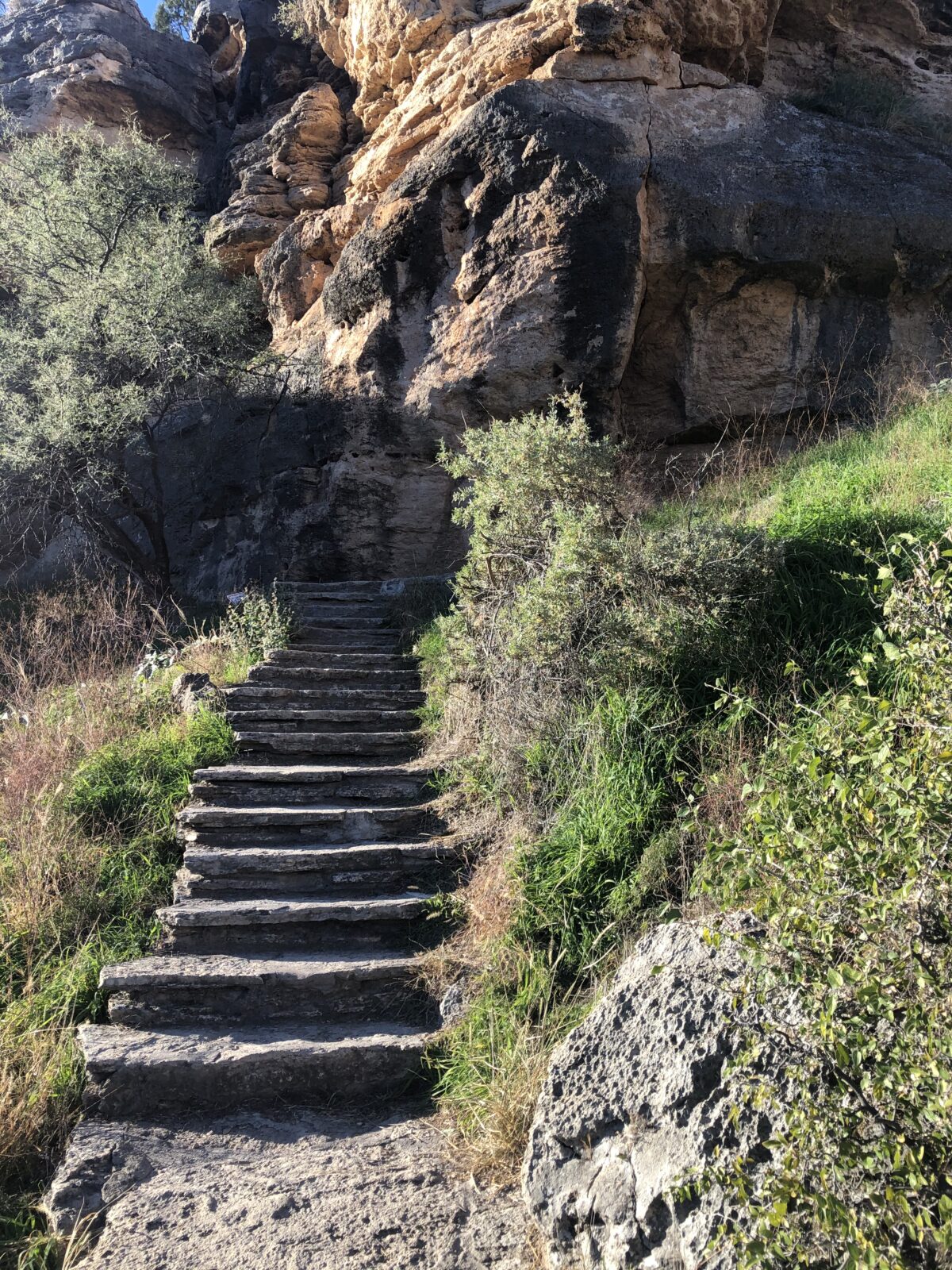
We really enjoyed walking up to the well. The paved trail goes from the parking lot up to the edge of the well where you can look down to the water and at the remains of some structures in the cliffs above the well. There was a small settlement around the well. They say there may have been as many as 30 rooms along the rim at one time.
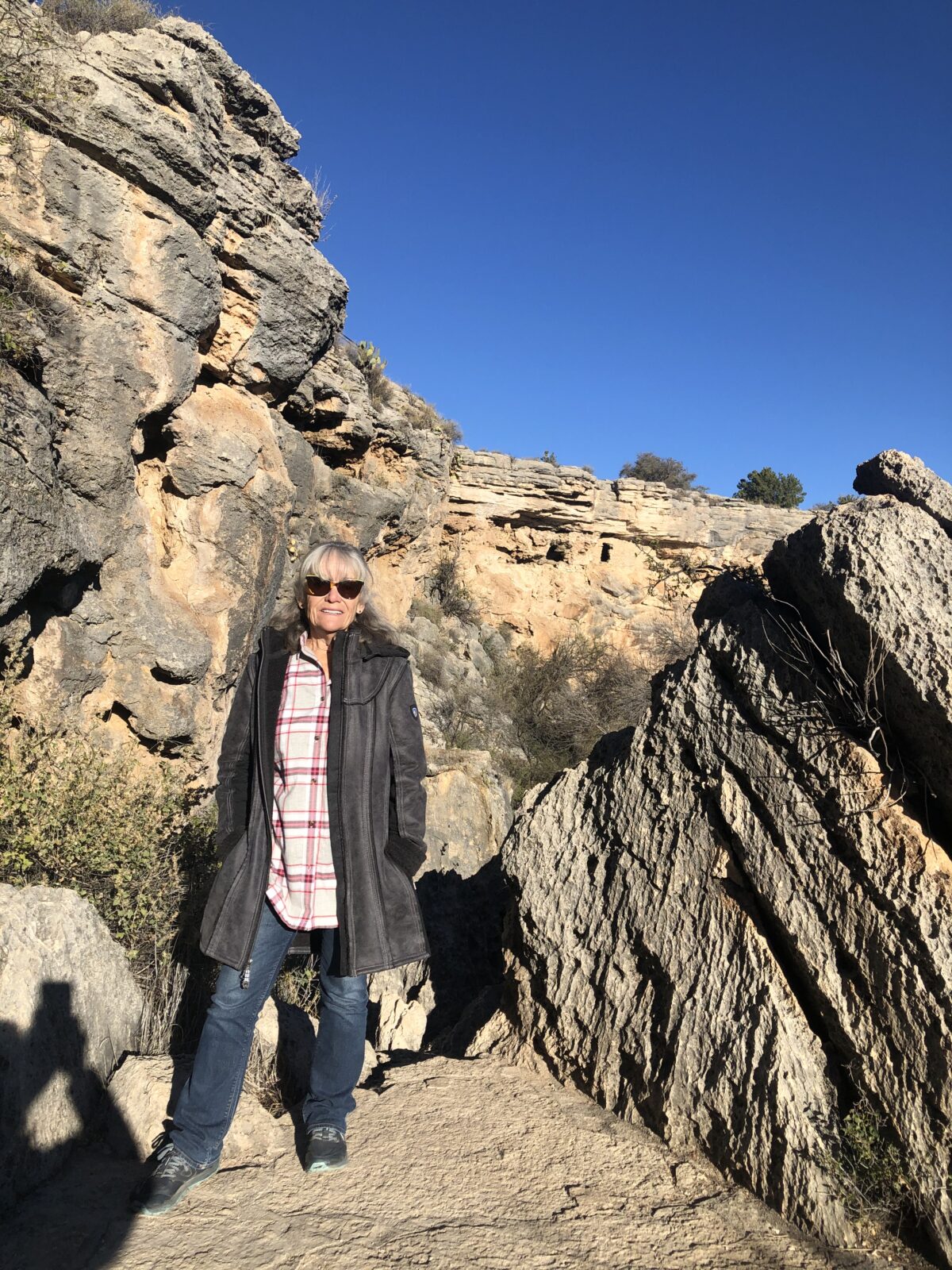
You can also take an offshoot trail that goes down to the water level where you can see remains of a multi-room dwelling
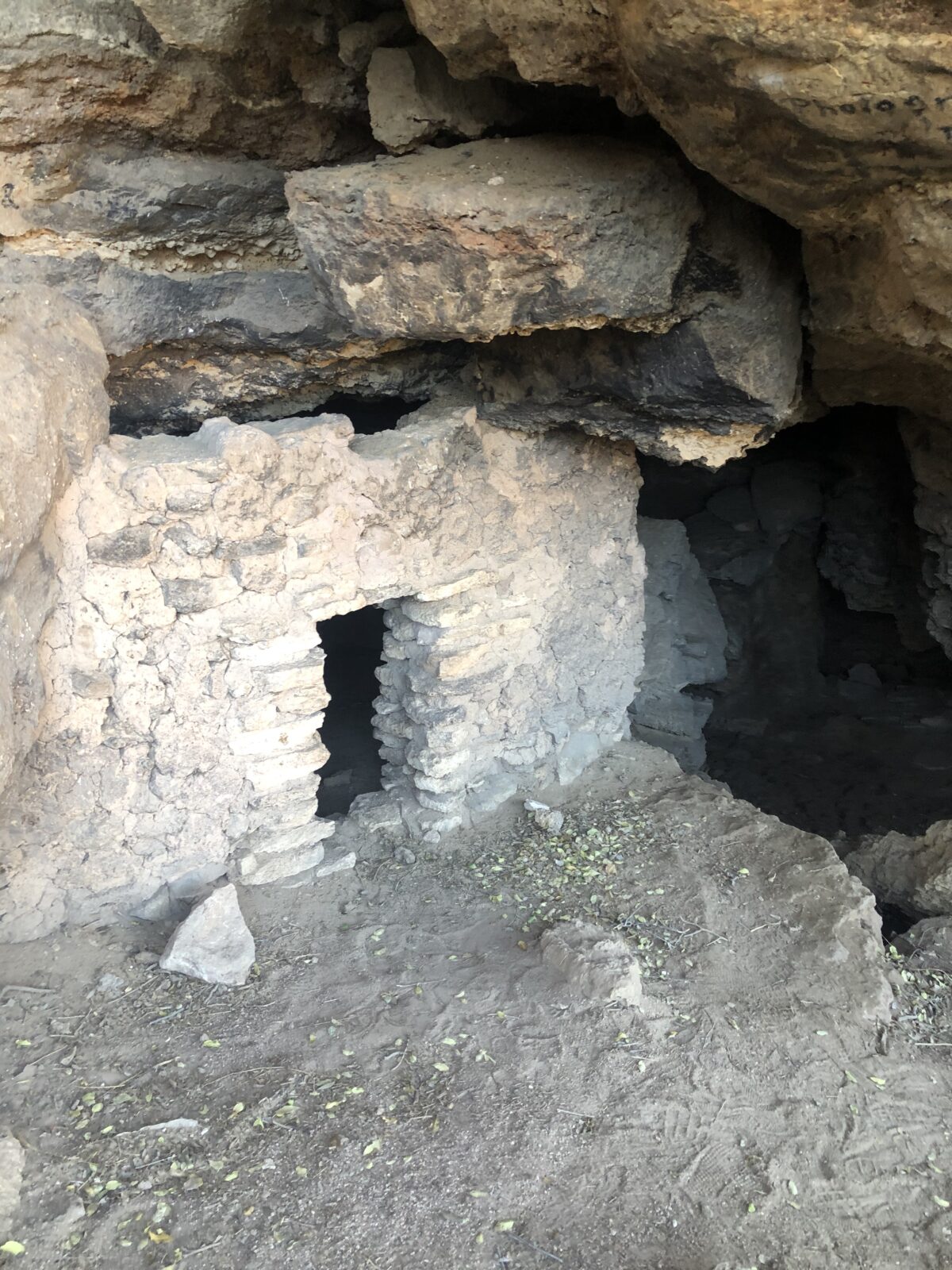
and some 120+ year old graffiti. Some things never change…
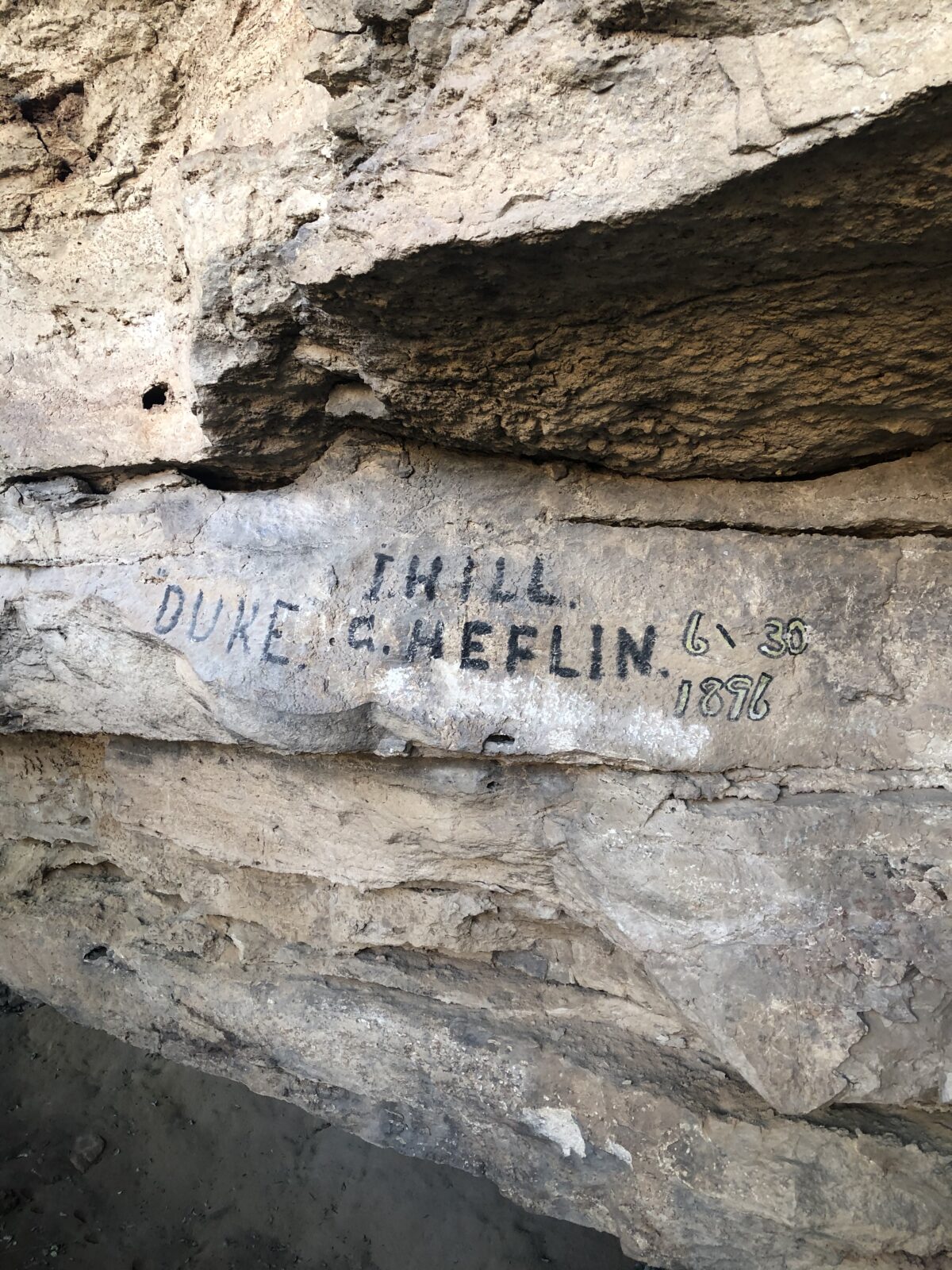
All three of these locations – Tuzigoot, Montezuma Castle and Montezuma Well – show a different aspect of life here as it was some 800+ years ago. You can easily visit all three in one day, and still have time to visit the beautiful red rocks in nearby Sedona.
Need Help Planning Your Visits?
If you would like to explore this or other National Park Units, but need a bit help in the planning, please give us a call at (480) 609-3978. We are happy to offer customized trip planning.
#FindYourPark
#SeeAmericaFirst
